France's Volatile Canvas: Unpacking the Extreme Weather Divide
July 25, 2025
•2 min readDiscover France's unique weather story: intense heat, devastating fires, and violent storms across diverse regions. Understand the forces at play.
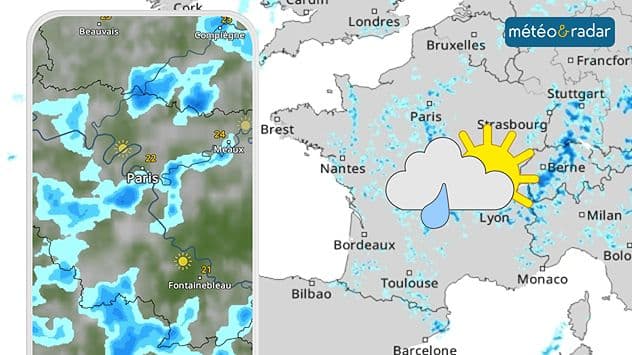
The Land of Stark Contrasts: A Tale of Two Frances
[France]{.entity data-type="LOCATION"}, a nation often celebrated for its diverse landscapes, presents an equally dramatic and often volatile meteorological canvas. It's truly a land of stark contrasts, where the weather can feel like two different worlds coexisting. One moment, the south basks in glorious sunshine and sweltering heat, with temperatures soaring to 35°C, prompting widespread alerts for forest fires across ten or more departments. The next, a different narrative unfolds across the north and west, where skies are heavy with clouds, and persistent rains bring the threat of thunderstorms and even localized flooding. Imagine waking up to a sun-drenched [Côte d'Azur]{.entity data-type="LOCATION"}, while simultaneously, [Paris]{.entity data-type="LOCATION"} or [Orléans]{.entity data-type="LOCATION"} are grappling with thundery showers, and the [Hauts-de-France]{.entity data-type="LOCATION"} region experiences steady downpours. This meteorological duality isn't merely a daily inconvenience; it's a fundamental characteristic shaping everything from agricultural practices to emergency responses. From the [Atlantic seaboard]{.entity data-type="LOCATION"} to the [Pyrenees]{.entity data-type="LOCATION"}, and even into the east where violent storms have tragically claimed lives and caused injuries, [France]{.entity data-type="LOCATION"} vividly illustrates the dynamic interplay of atmospheric forces within its borders. This constant fluctuation between extremes sets the stage for a deeper look into the specific challenges these diverse weather patterns present.
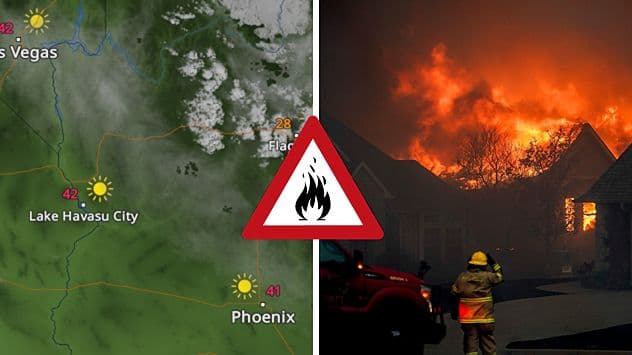
Battling the Blazes: The Summer Fire Threat Unleashed
As summer unfurls across [France]{.entity data-type="LOCATION"}, particularly its southern regions, the golden sunshine often ushers in a formidable and increasingly dangerous adversary: wildfires. The combination of intense heat, prolonged dry spells, and strong winds creates a highly combustible environment, turning vast swathes of landscape into tinderboxes. Temperatures consistently climbing into the mid-30s Celsius become a precursor to disaster, frequently leading to 'vigilance orange' alerts for forest fires across numerous departments, sometimes escalating to 'vigilance rouge' in the most critical areas. This isn't just a theoretical risk; it translates into tangible impacts on daily life and the environment. Consider the closure of iconic natural sites like the [Calanques National Park]{.entity data-type="LOCATION"} in the [Bouches-du-Rhône]{.entity data-type="LOCATION"}, a necessary measure to protect both tourists and the fragile ecosystem from the devastating reach of the flames. These closures, and the constant threat of fire, underscore the profound vulnerability of these sun-drenched regions. The sun and heat, so vital for tourism and agriculture, paradoxically become the architects of a yearly battle, demanding immense resources and vigilance from emergency services and local communities determined to protect their cherished landscapes.
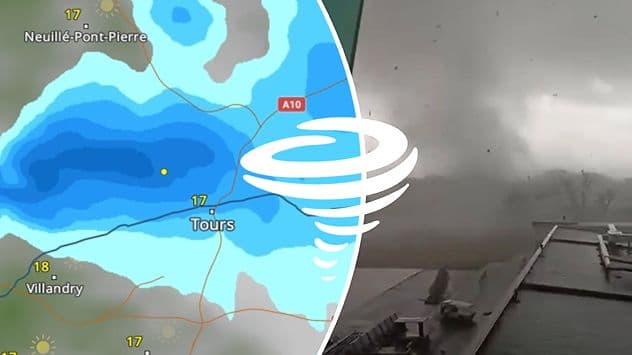
Torrential Rains and Turbulent Skies: When the Heavens Open
While the south grapples with fire, other parts of [France]{.entity data-type="LOCATION"} contend with a very different, yet equally destructive, meteorological challenge: relentless rain and turbulent storms. It's not uncommon for the entire country to be blanketed in a persistent grey, with showers dominating the forecast for days on end. This isn't merely a nuisance; these are often significant weather events. We frequently see 'pluie-inondation' (rain-flood) alerts, sometimes covering as many as fourteen departments under 'vigilance orange,' signaling serious flood risks. The culprit behind much of this instability is often a 'cold drop' — a pocket of cold air aloft that destabilizes the atmosphere, leading to heavy downpours, thunderstorms, and intense localized precipitation. Even as these cold drops shift eastward across [Europe]{.entity data-type="LOCATION"}, their lingering effects continue to trigger showers, especially inland. These turbulent skies can unleash considerable destruction, including violent thunderstorms, such as those that have swept through eastern [France]{.entity data-type="LOCATION"}, tragically causing fatalities and injuries. From the [Hauts-de-France]{.entity data-type="LOCATION"} in the north to the western reaches and down to the [Pyrenees]{.entity data-type="LOCATION"}, these powerful weather systems remind us that [France's]{.entity data-type="LOCATION"} weather can be as unforgiving as it is beautiful, demanding constant readiness from its inhabitants.
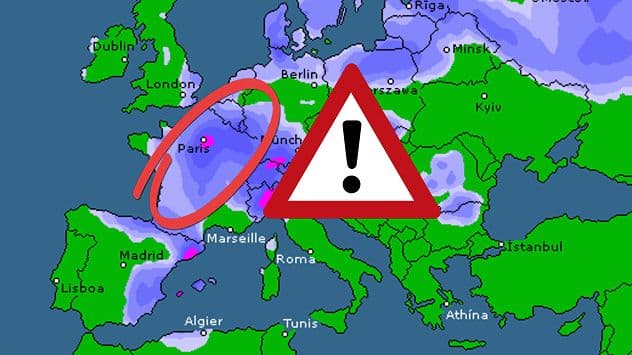
Decoding the Dynamics: Why Such Volatility?
Understanding why [France]{.entity data-type="LOCATION"} experiences such a dizzying array of weather conditions, often simultaneously, requires a look at its unique geographical position and the atmospheric dynamics at play. The country sits at a crossroads of several major climatic influences: oceanic from the west, Mediterranean from the south, and continental from the east and north. This geographical blend means different air masses frequently collide over [French]{.entity data-type="LOCATION"} territory. Warm, moist air from the [Atlantic]{.entity data-type="LOCATION"} can meet colder air descending from the north, creating the perfect recipe for instability and widespread showers, particularly in the west and north. Meanwhile, the southern regions are often influenced by high-pressure systems and hot air masses pushing up from [North Africa]{.entity data-type="LOCATION"}, leading to sustained periods of intense heat. The 'cold drop' phenomenon, as we've seen, is a prime example of this complex interplay; a detached pocket of cold air can hover over the country, creating significant atmospheric instability that triggers severe thunderstorms, heavy rainfall, and even localized flooding. These interactions, coupled with varied topography including mountain ranges like the [Alps]{.entity data-type="LOCATION"} and [Pyrenees]{.entity data-type="LOCATION"}, act as natural barriers or accelerators for weather systems, amplifying the stark contrasts and the overall volatility that defines [France's]{.entity data-type="LOCATION"} climate.
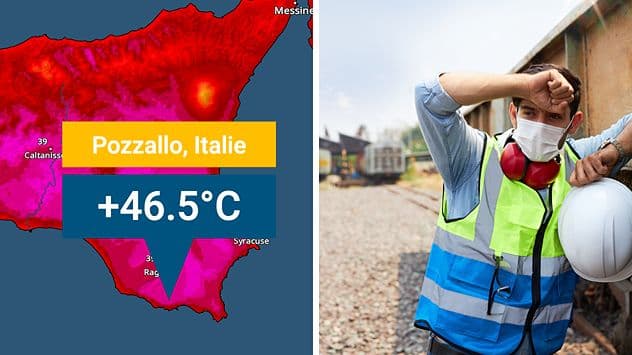
Adapting to the New Normal: Life Under a Changing Sky
Living on [France's]{.entity data-type="LOCATION"} volatile canvas means a continuous process of adaptation for its communities and infrastructure. The increasing frequency and intensity of extreme weather events, from raging wildfires to widespread floods and violent storms, are reshaping daily life and long-term planning. Authorities have implemented sophisticated alert systems, like the 'vigilance orange' and 'rouge' warnings, which are crucial for public safety and enable timely evacuations or closures, as seen with the [Calanques National Park]{.entity data-type="LOCATION"}. But adaptation goes deeper than immediate response. Urban planning is evolving to incorporate better flood defenses and heat-resilient designs. Agricultural practices are being re-evaluated to cope with unpredictable rainfall and prolonged droughts. Emergency services are continuously training and upgrading their capabilities to handle concurrent crises across different regions. This 'new normal' also impacts tourism, a cornerstone of the [French]{.entity data-type="LOCATION"} economy, as regions must balance attracting visitors with ensuring their safety during extreme conditions. Ultimately, [France's]{.entity data-type="LOCATION"} ongoing challenge is to build greater resilience into every facet of society, ensuring that its cultural heritage, natural beauty, and way of life can withstand the increasing pressures of an ever-changing and often turbulent sky.
Related Articles
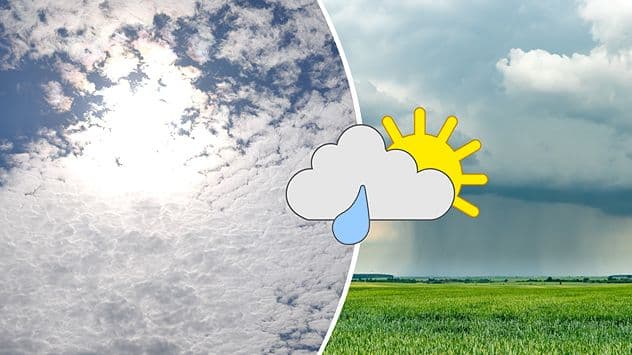
Weather's Wild Swings: Navigating France's Dual Climate Realities
3 months ago
•2 min read
Weather's Wild Swings: Navigating France's Dual Climate Realities
3 months ago
•2 min read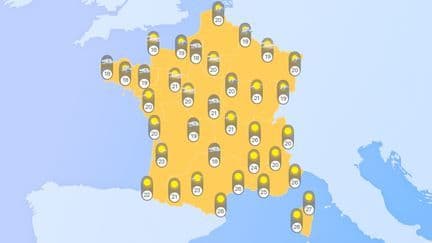
France's Shifting Skies: A Day of Contrasts in Summer Weather
4 months ago
•3 min read
France's Shifting Skies: A Day of Contrasts in Summer Weather
4 months ago
•3 min read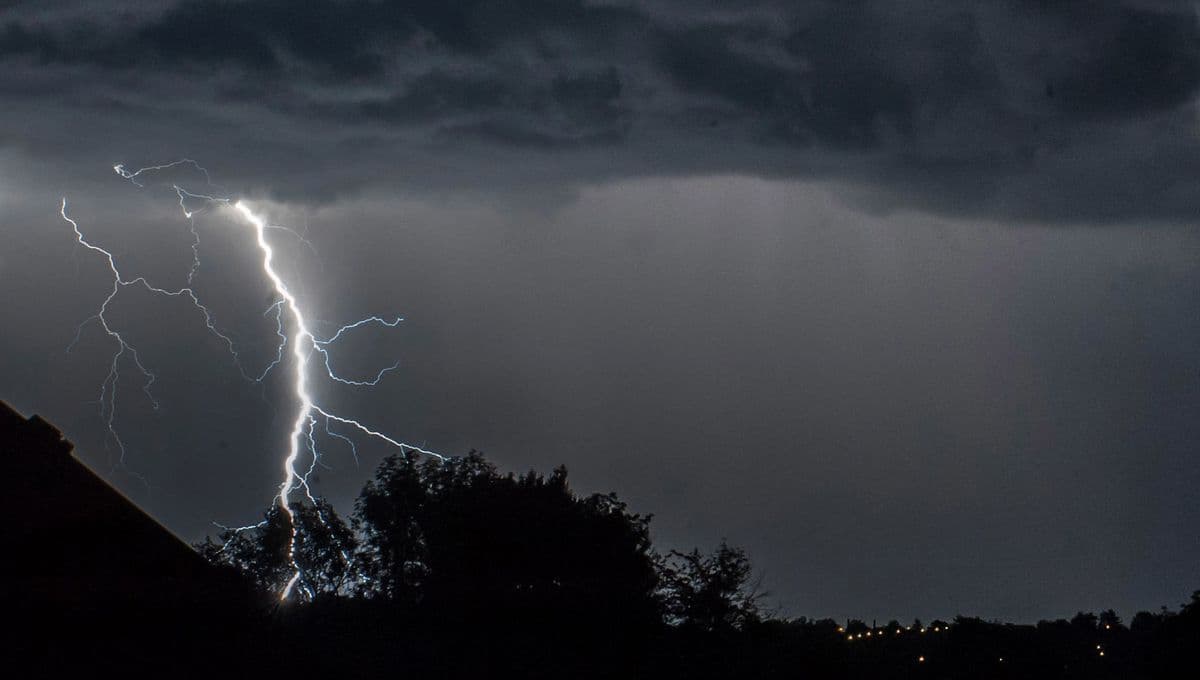
Unpacking the Orange: Life Under France's Summer Storm Alerts
4 months ago
•2 min read
Unpacking the Orange: Life Under France's Summer Storm Alerts
4 months ago
•2 min read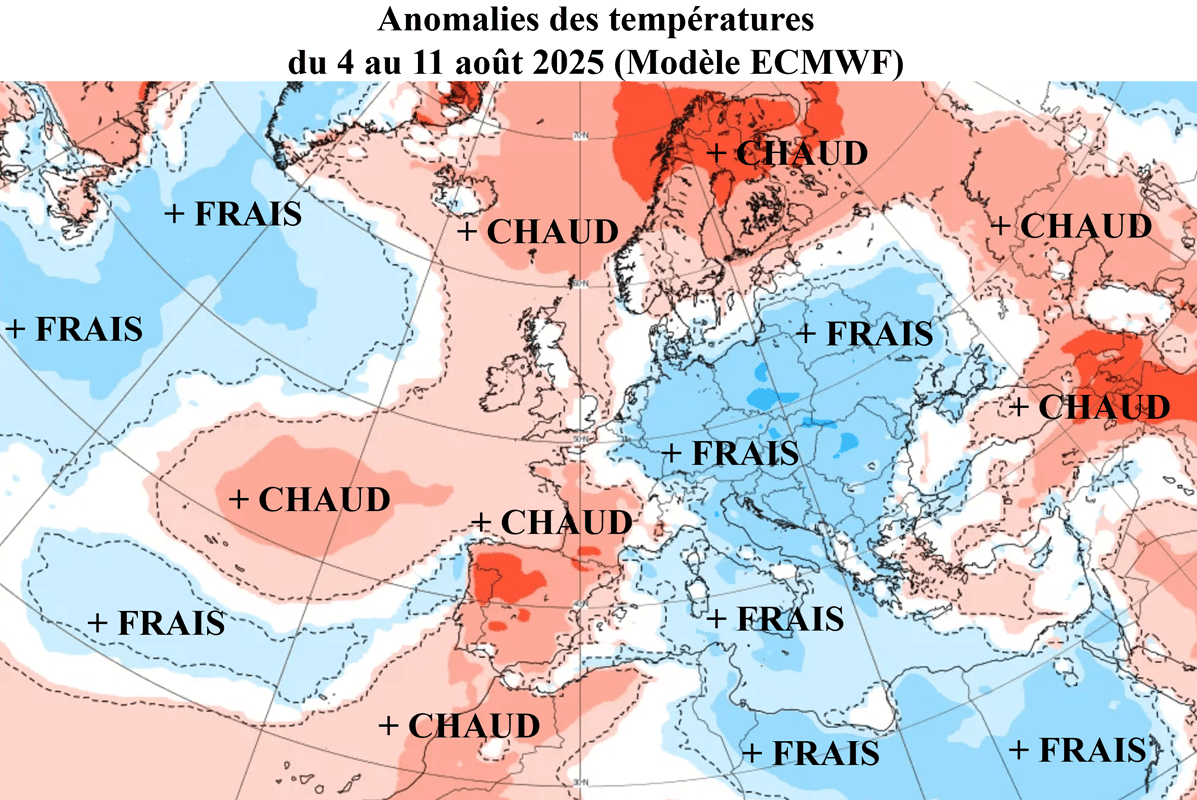
Decoding the Dog Days: Unraveling France's Tricky August Heat Outlook
3 months ago
•2 min read
Decoding the Dog Days: Unraveling France's Tricky August Heat Outlook
3 months ago
•2 min readNext Article
Continue scrolling to read